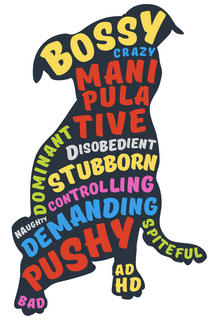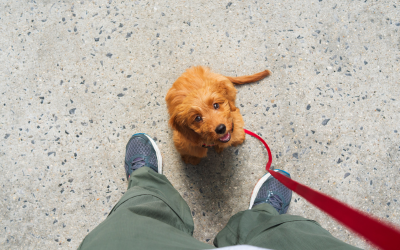10 Ways to Help a Puppy Crying in the Crate
Bringing a new puppy home is exciting, but it can be scary for your new furry friend. The first few nights are an adjustment for both the new owner and the puppy. It’s likely the first time your puppy has slept apart from their litter, so expect some crying. Here are 10 ways to help soothe your puppy and make the transition smoother.
Understanding Your Puppy’s Behavior
Before we dive into solutions, it’s important to understand that puppies aren’t trying to control you when they cry. They’re babies using the tools nature provided to get their needs met. Labeling a puppy as “stubborn” or “manipulative” can prevent us from seeing the real issues and finding effective solutions.
10 Ways to Help Your Crying Puppy
- Address Basic Needs: Ensure your puppy isn’t in pain, hungry, thirsty, or uncomfortable due to temperature.
- Look for Patterns: Keep a Puppy Notebook to track behavior and identify any patterns in crying.
- Practice Alone Time During the Day: Don’t leave your puppy alone only at night. Use naptime for alone-time practice.
- Keep the Crate Close: Place your puppy’s crate near you when you sleep.
- Use Visual Barriers: Cover the crate with a sheet to help your puppy learn to self-soothe.
- Make the Crate Fun: Spend time interacting with your puppy while they’re in the crate.
- Provide Enrichment: Offer novelty and enrichment activities to fulfill your puppy’s emotional and physical needs.
- Give Comfort: Use cozy blankets, warm comfort items, or stuffed animals with heartbeat sounds.
- Create a Calming Environment: Use pheromone diffusers, calming music, or audiobooks.
- Teach Communication Skills: Train your puppy to sit for attention instead of crying.
Don’t Leave Your Puppy to Cry It Out
It’s okay to soothe your upset puppy. You’re not rewarding crying; you’re teaching your puppy that you’re there to keep them safe. Ignoring a distressed puppy can increase stress and anxiety.
Remember:
There’s a difference between a complaining puppy and a truly stressed puppy. Learn to recognize the signs of distress and respond appropriately.
 Labeling others affects how we feel about them. The stories we tell ourselves when we assign those labels to influence what we see and how we respond. If a dog is “stubborn,” why would you ever seek motivation?
Labeling others affects how we feel about them. The stories we tell ourselves when we assign those labels to influence what we see and how we respond. If a dog is “stubborn,” why would you ever seek motivation?
Labels stop good training before it has a chance to make a difference. Labeling also misses the function of behavior, which can cause us to view the puppy as a problem instead of an emotionally immature individual struggling with frustration, separation stress, fatigue, discomfort, or over-arousal. When we see the puppy as having a hard time (rather than giving us a hard time), we will seek ways to help him. We will become problem solvers.
Learning Opportunities
While free tips are great, sometimes you need a bit more. We can help with that, no matter where you are. We offer the following services to help:






